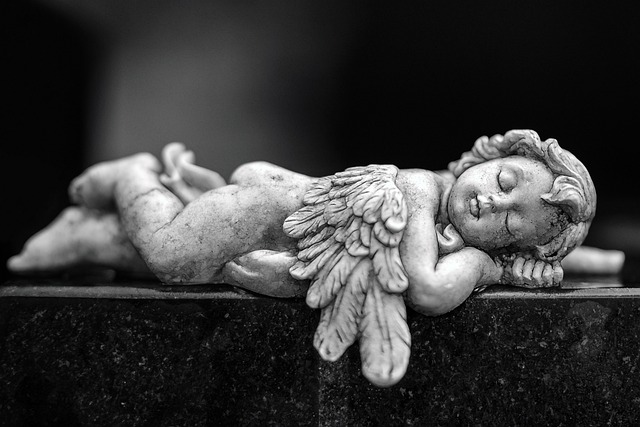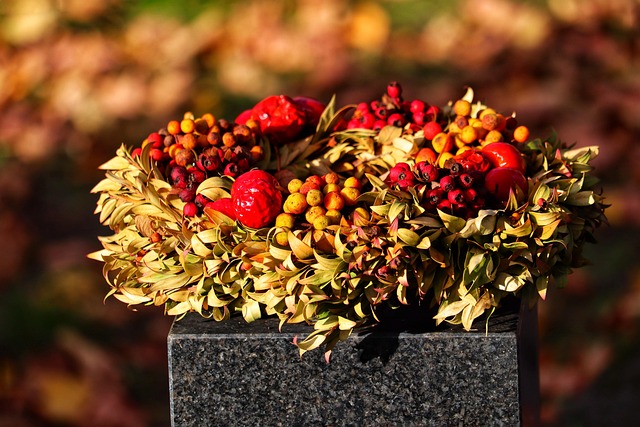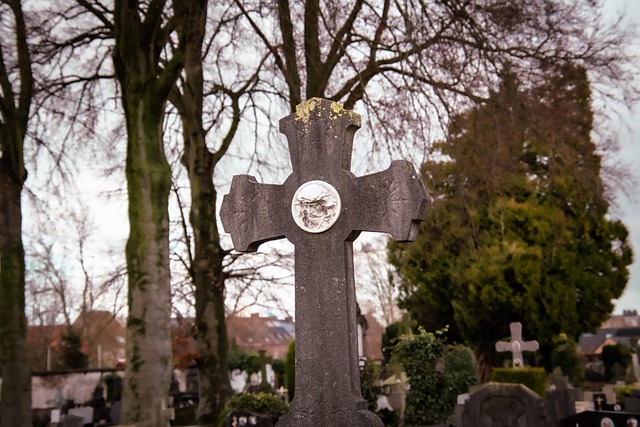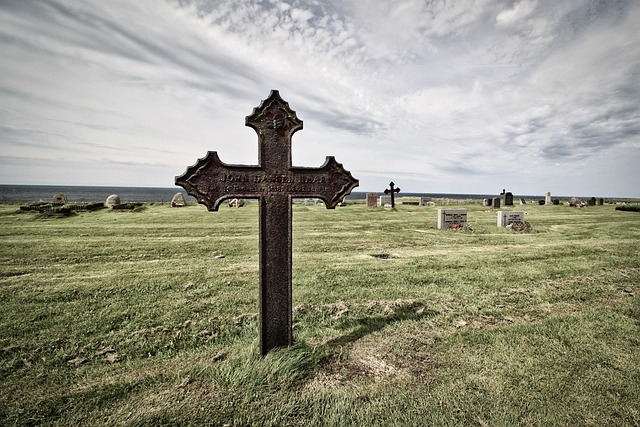The 1880s era continues to captivate modern real estate with its Victorian architecture and historical charm, appealing to developers and tenants alike. Restored saloons and shops from this period offer unique aesthetics catering to today's demand for character-filled spaces, attracting businesses and residents drawn to nostalgia. Entrepreneurs are revitalizing these historic locations through meticulous restoration and thoughtful design, creating distinctive customer experiences that blend history with modern business strategies.
Step into a time machine without leaving your city. The 1880s era is making a surprising comeback, thanks to historic saloons and shops being meticulously restored and reimagined as modern real estate. This nostalgic trend captures the intricate architectural details of a bygone era while catering to contemporary needs. From charming bars to vintage boutiques, these spaces not only evoke a sense of historical charm but also drive economic growth in urban areas, appealing to both locals and tourists seeking authentic experiences.
The Historical Charm of 1880s Saloons and Shops: A Real Estate Perspective

The 1880s era holds an enchanting allure, and its influence can still be felt in modern real estate. Saloons and shops from this period offer a unique historical charm that resonates with many. These structures, often characterized by Victorian architecture, exude a sense of nostalgia and tell stories of the past. For real estate investors and developers, preserving and restoring these historic buildings presents a significant opportunity.
In today’s market, there is a growing demand for authentic, character-filled spaces. The revival of 1880s-era saloons and shops caters to this trend, attracting tenants who seek a distinct aesthetic. From cozy cafes to boutique stores, these locations offer more than just visual appeal; they provide an experience that transports customers back in time. This historical charm can be a powerful selling point for real estate properties, appealing to both businesses looking for a unique location and residents drawn to the nostalgia and character of bygone eras.
Architectural Elements that Transport You Back in Time

Step into a historic saloon or boutique shop, and you’re immediately transported back in time. The architectural elements of these vintage spaces are like time capsules, offering a glimpse into the past with their distinctive features. High ceilings, often adorned with intricate molding, create an air of opulence reminiscent of the 1880s. Large, arched windows let in ample natural light, casting soft shadows across the original hardwood floors, as they would have in the era’s bustling real estate markets.
The use of polished wood, from countertops to paneling, brings a warmth and character that modern design often lacks. Decorative elements like ornate light fixtures, carved mantels, and brass hardware further enhance the nostalgic appeal. These architectural touches not only evoke the spirit of the 1880s but also provide a unique aesthetic for contemporary visitors, making each space a captivating journey through time.
Reviving the Past: How Today's Business Owners Are Leveraging Historic Saloons and Shops

In a unique blend of history and modern entrepreneurship, business owners today are rediscovering the charm of historic saloons and shops from the 1880s. This trend is not just about aesthetics; it’s a strategic move to tap into a bygone era that holds nostalgic value for many customers. By leveraging the historic character of these venues, businesses are creating immersive experiences that set them apart in the competitive market.
The revival process often involves meticulous restoration and careful design choices to maintain authenticity while meeting contemporary needs. Real Estate plays a pivotal role here, as location is key—choosing areas with rich historical significance or those undergoing urban renewal can attract both locals and tourists interested in immersive experiences. This trend not only breathes new life into historic spaces but also fosters a sense of community and appreciation for the past.






